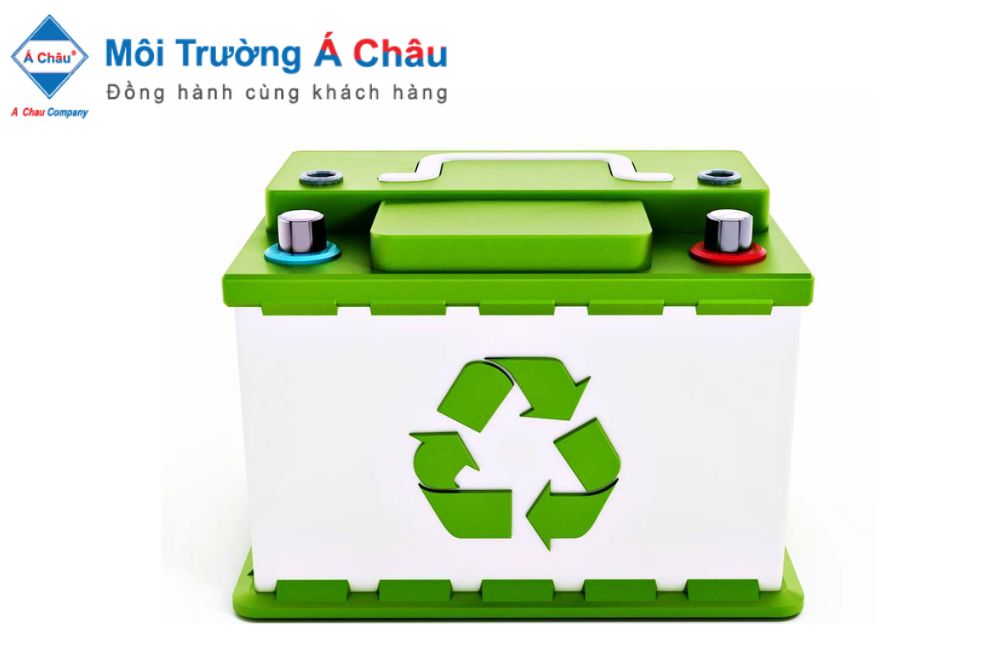Waste into... Cement
Cement production is a pioneer in reducing GHG, enabling businesses to increase revenue by processing and recycling waste from other industries, supporting the developing and circular economy.
The potential for waste treatment goes hand in hand with reducing emissions.
Vietnam ranks fifth globally in cement production with 110 million tons capacity in 2021 and is the world's largest cement exporter, accounting for 12.5% of total global exports.

Construction materials production, according to Mr Vu Ngoc Anh, has the largest greenhouse gas (GHG) emissions in the construction industry. Cement production accounts for 70% of total emissions from 2016 to the present and is the primary focus of emissions reduction efforts in the sector.
Over half of CO2 emissions are attributed to the clinker production process, with the rest coming from grinding, additives, cement substitutes, on-site fuel use, and handling fuel or fly ash in manufacturing facilities. Additionally, indirect emissions due to electricity consumption for production facility operations are a concern.
Mr. Naoki Aoki, a spokesperson of the Japan Cement Association, noted that enterprises in Japan have grown their second company by using waste as raw material. The average co-processing value across the cement industry is 47.6% for cement waste and by-products. Raw materials and alternative fuels include coal ash, furnace slag, artificial gypsum, soot, building materials, alloy slag, iron, glass steel, activated sludge, leftover meat and bones, tyres, mining waste, plastic, wood, recycled oil, industrial waste oil.
Japan's cement industry recycles 5% of total waste, accounting for 10% of recycled materials, addressing land scarcity and small landfill sizes. The large amount of waste received by cement factories extends landfill life by 10 years.
Mr. Naoki Aoki stated that the cement factory receives waste from natural disasters, including wood, materials, dust, and non-burnable waste, contributing to environmental burden reduction. The Association is now a member of a group that restores disaster areas during national disasters.
The cement industry can utilise Vietnam's natural disasters to create a recycling society by using industrial waste, bamboo shoots, and energy from natural disasters.
Challenge!
Vietnam's construction materials development strategy aims to reduce CO2 emissions in cement production by 2050. By 2030, the maximum clinker ratio in cement will be 65%, 30% of thermal power fly ash or industrial waste will be treated, and alternative fuel sources will account for 15%.
The Prime Minister has supported ministries, branches, and localities in testing waste and sludge treatment as raw materials and alternative fuels at VICEM factories. The average clinker/cement ratio is 74%, with common alternatives being blast furnace slag, fly ash, thermal power plant bottom ash, industrial waste, and sewage sludge. Ha Tien 1 Factory recorded the highest co-processing value.
Vietnam's cement factories face challenges in using waste as raw materials or alternative fuels, according to Mr Duong Ngoc Truong, Deputy Head of the Environmental Safety Department at VICEM. Businesses must evaluate environmental impact and apply for an Environmental Permit. Self-treatment of hazardous waste must comply with Decree No. 08/2022/ND-CP, which stipulates Environmental Licenses or Component Environmental Licenses.
The challenge of increasing the use of alternative fuels in production lines lies in collecting sufficient quantity and quality of waste for treatment systems.
Companies should develop strategies and investment plans for a circular economy, removing obstacles from management agencies. The Ministry of Construction and MONRE are guiding cement factories in conducting gas inventories to support decision-making in emission reduction solutions. This information will help evaluate the implementation of emission reduction goals in the construction materials industry.
Source: According to the Department of Environmental Pollution Control, "Turning waste into...cement", posted on December 21, 2022, see link:https://scem.gov.vn/vi/tin-tuc-trung-tam/van-de-moi-truong/bien-rac-thai-thanh-xi-mang-905.html, accessed June 6, 2024













